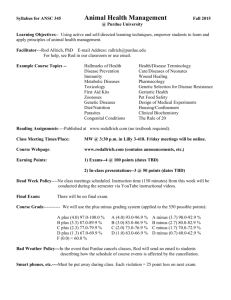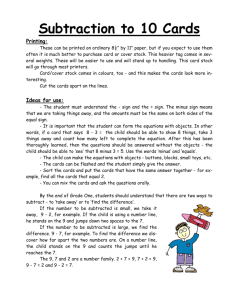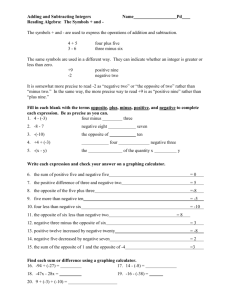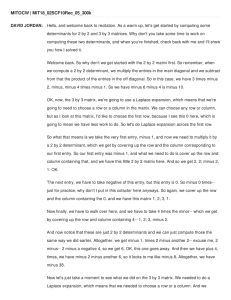Based on the work of Dr. Edward de Bono
advertisement
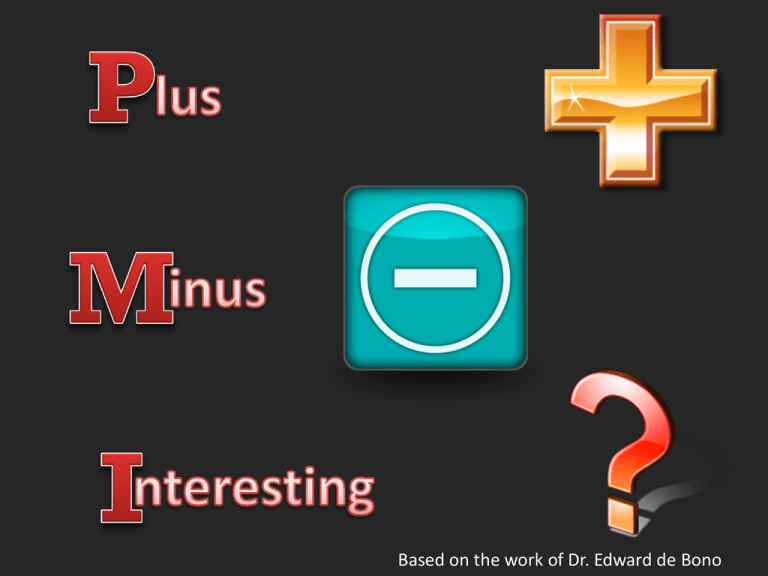
Based on the work of Dr. Edward de Bono The PMI method gives deliberate attention to exploring, first, the positives or plus factors in the new idea. The second operation when using the PMI is to look for negatives or minus factors. The third operation is to look for the interesting possibilities in the new idea. Without exploring an idea for possibilities or alternatives, a new idea has only a 50/50 chance of survival. Those considering it either like it or dislike it. When the interesting possibilities are explored, whatever our initial impressions, we broaden our view of the idea by adding to the plus factors already identified or finding alternatives that give the idea more chance of 'survival'. PLUS MINUS INTERESTING PLUS MINUS INTERESTING Fill in the chart from left to right with items in each column. PLUS MINUS INTERESTING Give each item a + or – amount from one to five (i.e. +3 or -2) PLUS MINUS INTERESTING Add up the amounts in each column and see if the idea’s score is overall negative or positive. IDEA ONE: By law all cars should be painted bright yellow. IDEA TWO: People should wear badges showing whether they are in a good mood or a bad mood that day. IDEA THREE: Every adult should spend one week a year in the police force. IDEA FOUR: People should be allowed to work 10 hours a day for 4 days and have the rest of the week free, instead of working 8 hours a day for 5 days. Real World Example: A young professional is deciding where to live. Her question is 'Should she move to the big city?' She draws up the PMI table below: Plus Minus Interesting More going on (+5) Have to sell house (-6) Easier to find new job? (+1) Easier to see friends (+5) More pollution (-3) Meet more people? (+2) Easier to get places (+3) Less space (-3) More difficult to get own work done? (-4) No countryside (-2) More difficult to get to work? (-4) +13 -18 -1


